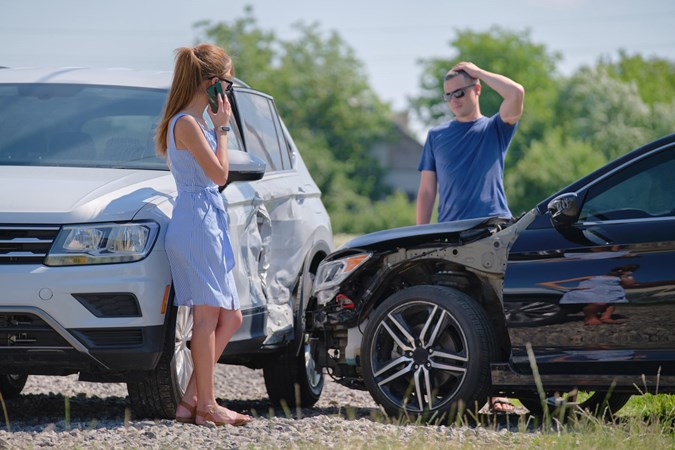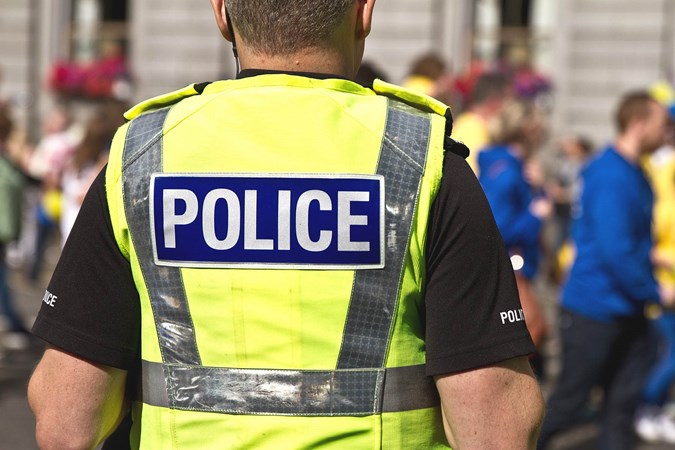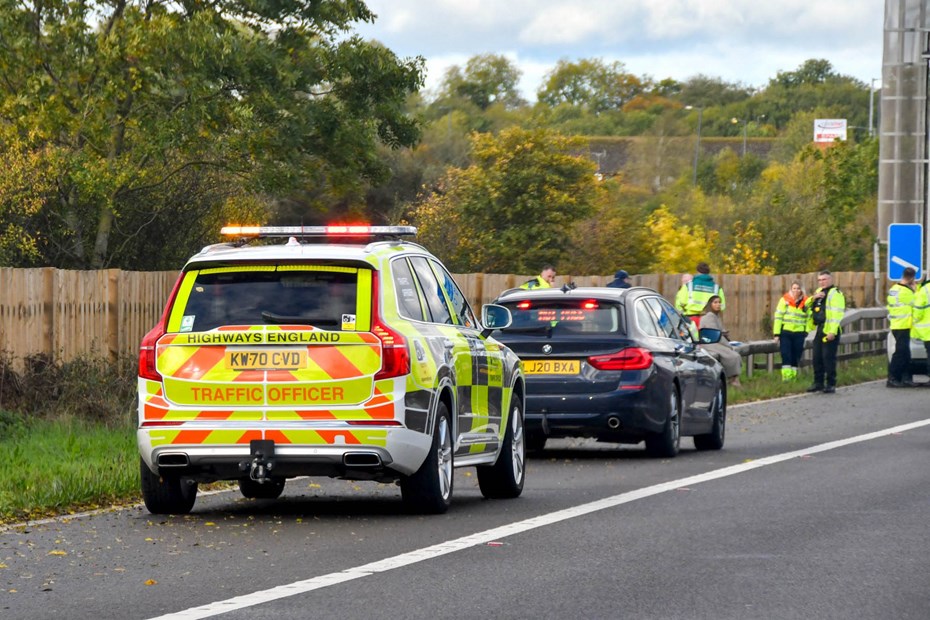Drug-driving collisions in the UK rose by 9% between 2022 and 2023, with some regions seeing far bigger jumps. The North West recorded the steepest increase at 46%, while the East of England, Yorkshire and the Humber, and London also saw double-digit rises. The South East remains the worst-hit region overall, with 462 reported incidents last year.
New analysis of Department for Transport data by Go.Compare Car Insurance shows the worrying scale of the problem. The study reveals that in 2023, drug-related collisions were up 14% compared with 2021, suggesting the issue is worsening over time. The East of England saw a 17% rise in just one year, Yorkshire and the Humber was up 15%, and London recorded a 12% increase.
Although the North West had the fastest growth rate, the South East had the highest total number of collisions, followed by London, the South West, and the East of England. By contrast, the East Midlands, Wales, and the North East bucked the trend, all seeing decreases in incidents – with the East Midlands down by 21%.

The figures underline the scale of the problem, with the North West’s sharp increase standing out as particularly concerning. Drivers who choose to take drugs before getting behind the wheel are not only gambling with their own safety, but also endangering passengers, pedestrians, and everyone else sharing the road.
There’s a massive financial consquence for being caught, too. Steve Ramsey, Managing Editor for motoring at Go.Compare said: ‘Our insurance data shows that drivers with a drug-driving conviction pay a median price of £1,705 per year for their car insurance, compared with £413 for drivers with no convictions. In some cases, drivers might struggle to secure insurance at all – and with convictions staying on a licence for 11 years, the long-term impact can be substantial.’
What this means for you
If you’re caught drug driving, the penalties go far beyond fines and licence points. Higher insurance premiums can hit your wallet for more than a decade, costing thousands over time.
This rise in collisions is a reminder that drug driving isn’t just dangerous – it’s a guaranteed way to make driving far more expensive. Even one conviction can quadruple your insurance bill, with some insurers refusing cover altogether.
For those living in the worst-hit areas, the increased risk may also drive up premiums across the board, meaning safe drivers could end up paying the price too.

Editor’s view: we need more public awareness of this issue
The numbers are moving in the wrong direction – and that should alarm every road user. We’ve spent decades making drink-driving socially unacceptable, but drug-driving hasn’t gone through the same cultural change. That has to happen now.
This isn’t about statistics on a page – it’s about lives cut short and families torn apart by something entirely preventable. If we want these numbers to fall, we need to make drug-driving as unthinkable as getting behind the wheel after a night in the pub.
That means better education, more visible enforcement, and a shared understanding that there’s no excuse. The message should be clear: if you’ve taken drugs, you don’t drive. Full stop. Until that becomes ingrained in public attitudes, the problem won’t go away – and the cost in lives will keep rising.
Keith Adams – Editor, Parkers
For all the latest advice, news and finance deals, sign up to the Parkers newsletter here.
Just so you know, we may receive a commission or other compensation from the links on this website - read why you should trust us.








